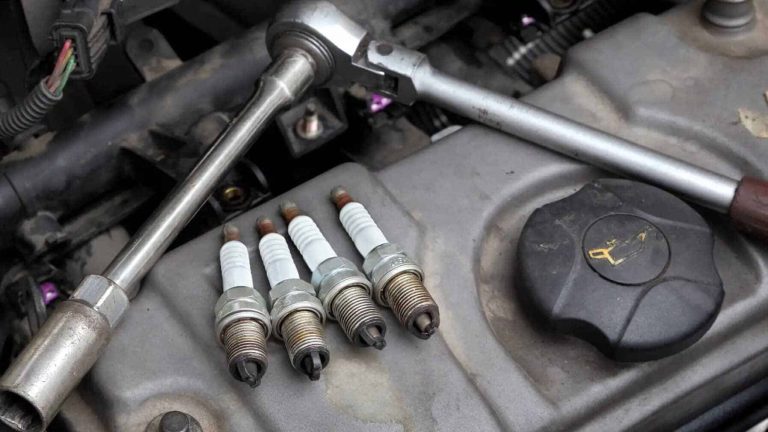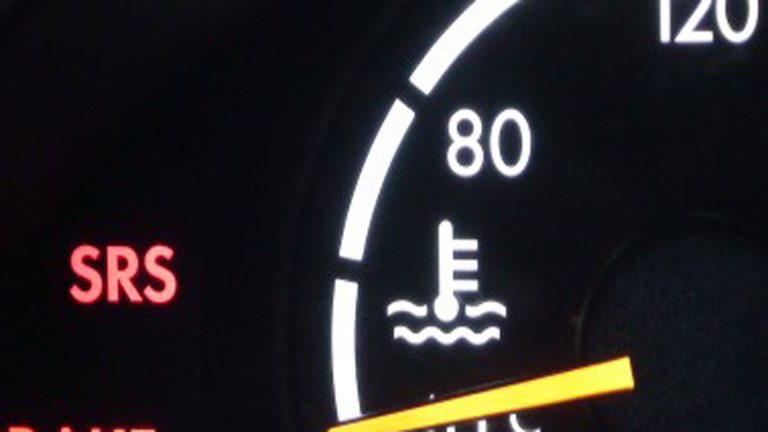How To Import Car From USA To Canada?
Importing a car from the USA to Canada can seem daunting due to the detailed regulatory requirements and procedures involved. Whether you’re moving to Canada or have found your dream car across the border, knowing the import process is crucial. Today we will guide you through each step of importing a vehicle into Canada, from checking eligibility to registering the car in your province, ensuring you navigate the process smoothly and comply with all necessary legal and regulatory standards.

How To Import Car From Usa To Canada?
Importing a car from the USA to Canada involves several steps and adherence to specific regulations to ensure everything is legal and up to standard. Here’s a step-by-step guide on how to import a car from the USA to Canada:
Step 1: Check Eligibility
Before importing a vehicle, check if the car is admissible in Canada. Refer to the Transport Canada and the Canada Border Services Agency (CBSA) websites for a list of vehicles that are allowed or prohibited from being imported. The Registrar of Imported Vehicles (RIV) program also provides crucial information.
Step 2: Contact the Original Equipment Manufacturer (OEM)
Obtain a letter from the manufacturer confirming that the vehicle meets Canadian safety and emission standards, or what modifications are necessary to comply. This step is crucial for ensuring your vehicle can be legally driven in Canada.
Step 3: Check for Recalls
Ensure that there are no outstanding recalls on the vehicle. If there are, they must be cleared before or immediately after the import.
Step 4: Complete the Paperwork for the Export
Vehicles exported from the USA need to be cleared by U.S. Customs and Border Protection (CBP). You must submit the required export documents to the U.S. CBP at least 72 hours before the vehicle is physically taken across the border. These documents generally include the vehicle title and a bill of sale.
Step 5: Arrange for Shipping or Transportation
Decide how the vehicle will be transported from the USA to Canada. You can drive the vehicle across the border yourself, or use professional vehicle transport services. Each method will require different preparations and considerations.
Step 6: Import the Vehicle at Canadian Customs
When the vehicle arrives at the Canadian border, declare the vehicle at the CBSA checkpoint. You will need to provide documents such as:
- Proof of ownership (title and bill of sale)
- Manufacturer’s letter (if applicable)
- Recall clearance letter
- Proof of insurance Pay applicable duties and taxes, including Goods and Services Tax (GST), Provincial Sales Tax (PST), or Harmonized Sales Tax (HST), depending on the province.
Step 7: Vehicle Inspection and Modifications
Once in Canada, your vehicle may need to undergo modifications to comply with Canadian standards (if it hasn’t already). After modifications, the vehicle must pass an inspection by an approved mechanic or inspection center.
Step 8: Register and License the Vehicle
After passing inspection, register the vehicle in your province or territory. This will involve paying any additional provincial or territorial fees and getting Canadian license plates.
Step 9: Obtain Canadian Auto Insurance
Secure Canadian auto insurance. Proof of insurance is required for registration and must be maintained as long as you own the vehicle.
How To Drive Your Car Across The Border?
Driving your car from the United States to Canada isn’t as simple as it seems. Some additional actions call for attention, apart from the steps mentioned previously. These steps make the process more precise and less prodigious.

Firstly, prepare a printout of your winning eBay ad, a photo of the bank draft in the car’s amount, or any other proof of payment. Customs and Border Protection (CBP) agents scrutinize each evidence, verifying each detail, with special attention to the amount paid.
Secondly, certain fees apply based on the car’s features. If your car has air conditioning, there’s an obligatory $100 fee to pay. A flat fee of $200 is inevitable if your car is less than 15 years old.
Next, you must register your white horse on arrival in Canada. A 45-day window is available for this task. Failing to do so within this timeframe attracts penalties that one might find unpleasant.
Your car might carry a few items during the journey. Nevertheless, the Canadian Border Services Agency (CBSA) officers reserve the right to inspect the vehicle. Your car, filled with boxes and bags, won’t deter them, as indicated by some experiences.
Lastly, remember to include the car on your B4 form as goods to follow if you do not intend to drive it across the border instantly.
Armed with these steps, your drive across the border shouldn’t be an uphill battle. Employ them, be diligent, and your car importation endeavor is half-accomplished.
Is it worth importing a car into Canada?
Importing a car into Canada may entail sizable expenses. Here, we break down the costs for you.

- Canadian Registrar of Imported Vehicle Fee: You get slapped with a substantial fee of approximately $300 as you usher your import into the country. Example: An Audi A4, imported from the USA, would necessitate this service registration fee.
- Import Duty: Consider the Vehicle Identification Number (VIN) of your vehicle. If it starts with any digit from 1 to 5, it indicates a North American origin, exempting the vehicle from import duty. However, cars produced elsewhere attract a steep 6.1% duty. Example: A Bentley Continental, a non-North American beauty, carries this duty.
- Goods and Services Tax (GST): On top of other costs, a 5% GST applies.
- Harmonized Sales Tax (HST) and Quebec Service Tax (QST): Depending on your province, you pay the respective HST or QST. Example: In Quebec, a Jeep Wrangler import will attract QST.
- Excise Tax: This $100 fee applies if your car features air conditioning. Example: A BMW X5 with AC would bear this charge.
- Gas Guzzler or Green Levy Tax: Cars manufactured post 19th March 2007, sucking up 13 or more liters per 100 km, get hit with exercise tax bracketed from $1000 to $4000. Example: A fuel-thirsty Dodge Ram might be on the higher side of this tax spectrum.
So, answer the question – “Is it worth?” It depends. Balance the costs against the car’s unique offerings and your personal desires. The worthiness resides in the eye of the beholder; in this case, the car importer.
Frequently Asked Questions
Can I drive a US-registered vehicle in Canada?
No, Canadian residents aren’t permitted to drive a US-registered vehicle between two points in Canada. This ability only extends from the border to a destination within Canada, or vice versa. Using it for daily purposes like commuting or errands is not allowed.
What are prohibited items for import into Canada?
There are a number of items that you can’t import into Canada, including cannabis, potentially hazardous food or plant items, and products derived from endangered species, a list that includes some souvenirs.
Does Canada have a rule similar to the US’ 25 year rule for car imports?
Not exactly. Canada considers non-regulated vehicles, including those that are 15 years or older, to be exceptions to most motor vehicle safety standards. However, buses must have been manufactured before January 1, 1971, to qualify.
Is it more cost-effective to purchase a car in the US or Canada?
Generally, car prices are higher in Canada, even with the favorable US dollar exchange rate. The variance can be around 20%, making it potentially cheaper for Canadians to buy a car in the US and import it themselves.
Can I import a 25-year-old car into Canada?
Yes, you can. Canada places vehicles that are 15 years old or older into the ‘non-regulated’ category, exempting them from certain safety regulations. However, buses must be older than January 1, 1971, to qualify.

Hi! I’m Larry Gibbs, studying mechanical engineering with a focus on cars. I really love Ferraris and write blog posts about the latest car stuff. When not studying or blogging, I’m usually on a road trip exploring new places. I also enjoy playing football and watching movies. Life’s an adventure, and I’m all about enjoying the ride!






